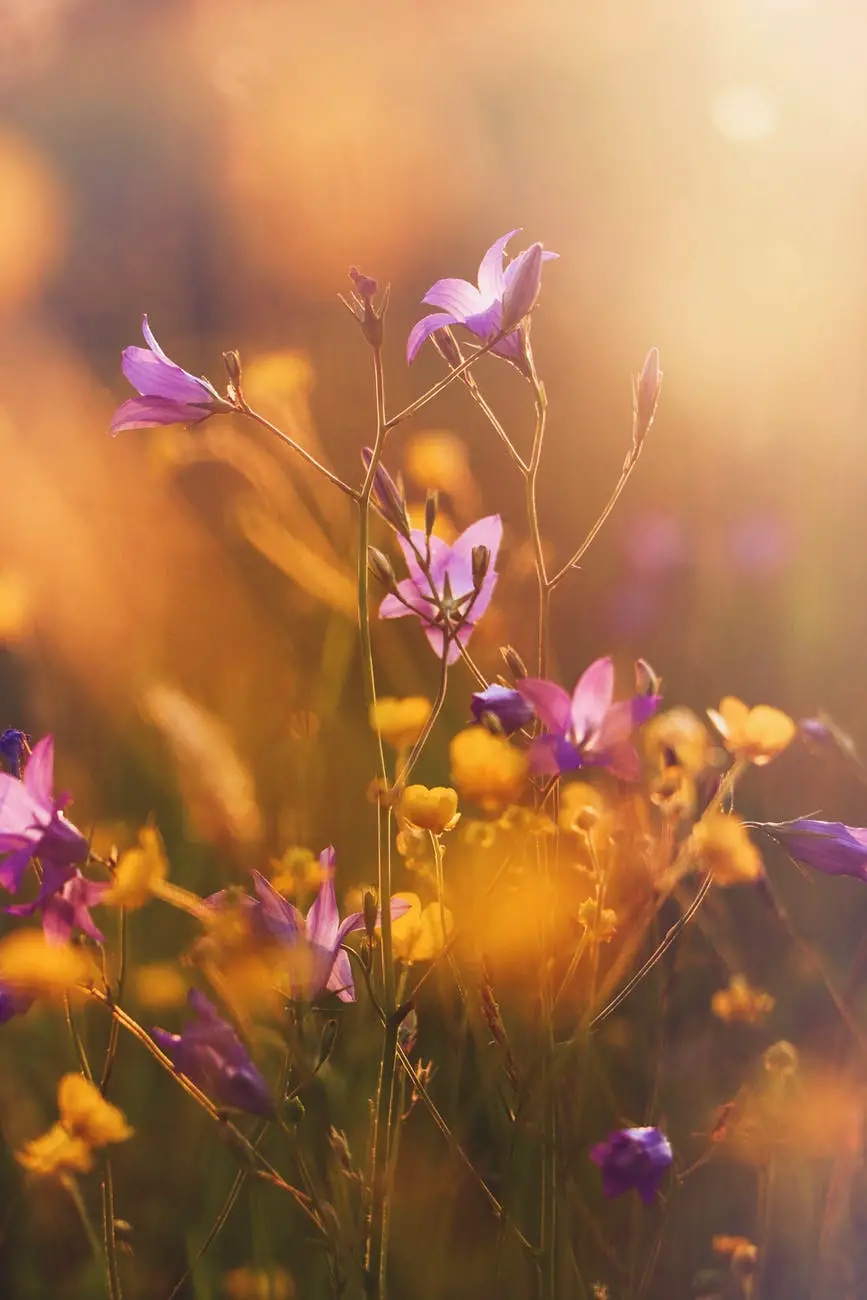Watercolour is a wonderful paint to work with and has a natural edge that embodies the outdoors. It is a concentrated paint that is mixed with water to create a medium that leads to translucent, delicate tones.
It is usually made of a main colour pigment, a binding ingredient to stick it together and a few additives to stablise the paint.
There are more natural watercolour paints as well as synthetic versions to choose from, and they both behave similarly on the page, so it is dependent on your personal preference. It is a vastly different medium to acrylic or oil paint, as the colour pigment is held within the water until it is placed on the paper, where it will dry very quickly. This means artistic decisions need to be made confidently and with haste, as mistakes cannot be easily hidden.
Saying that, watercolour is a wonderful place to begin a painting journey, or continue with your artistry. But there may be some learning curves along the way due to the delicate nature of the paint. Watercolours are, however, incredibly easy to transport, simple to work with, do not have a strong smell like oil-based paint and at the end of your session, the paint comes off the brushes with ease.
What do I need to get started?
To begin, you will need good quality paper, around 300gsm, or canvas that is sturdy enough to withstand the elements and be transported.
Watercolour paints are very convenient to travel with, as they are concentrated so usually come in a small box with a variety of different colours.
It is always a good idea to bring spare paper, or a sketchbook, as well as something to keep you warm and comfortable.
Inspiration from the Natural World
The best advice to get inspiration from nature is to go outdoors!
If you are looking to gain some inspiration from the natural world, then there is no better place to start than by immersing yourself in nature.
By planning a painting excursion that will take you outside, it will allow you to look directly at what you are trying to paint, which will certainly help with the artistic process. It also allows you to have a deeper connection with the natural landscape, as you can use your other senses to feel everything around you, which will add an extra layer to your art.
If you are unable to get out into nature, then having a large, good quality picture of the landscape you wish to paint is the next best thing.
Trees
Now, you should begin to focus on what objects in nature you feel connected to and this will greatly depend on the environment you are in. Large trees tend to evoke a sense of wonder and act as a perfect muse for painting. They have many different details and elements to focus on that all come together to form a magnificent natural structure that might have been growing for hundreds of years. Trees are also home to many other creatures, which may make an appearance in your painting.
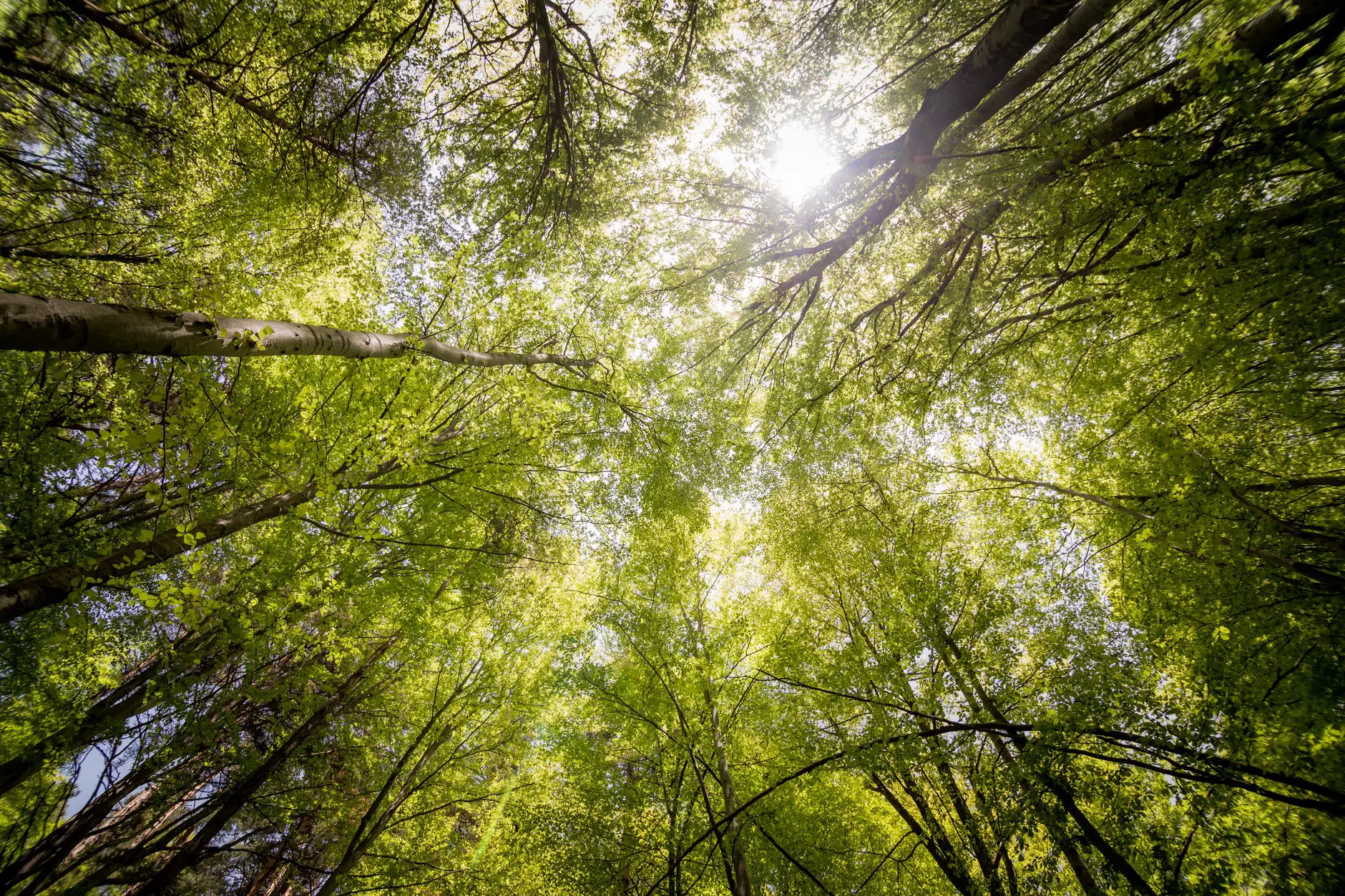
Flowers
Looking a little closer to the ground, flowers are very inspiring as they are colourful, embody vitality and are certainly beautiful to look at.
There are so many varieties of flowers all in different colours, which means you can experiment with which you like to paint, and which suits your style best.
Flowers have very different connotations which may also help with inspiring your work; for example, roses are associated with love, daffodils with new beginnings and lilies with the loss of a loved one. Watercolours are excellent for painting trees and plants as they reflect the delicateness of these natural systems.
See also…
- Painting Watercolour Flowers? 6 Steps Before Starting
- How To Paint Realistic Watercolour Flowers
- How To Paint Loose Watercolour Roses
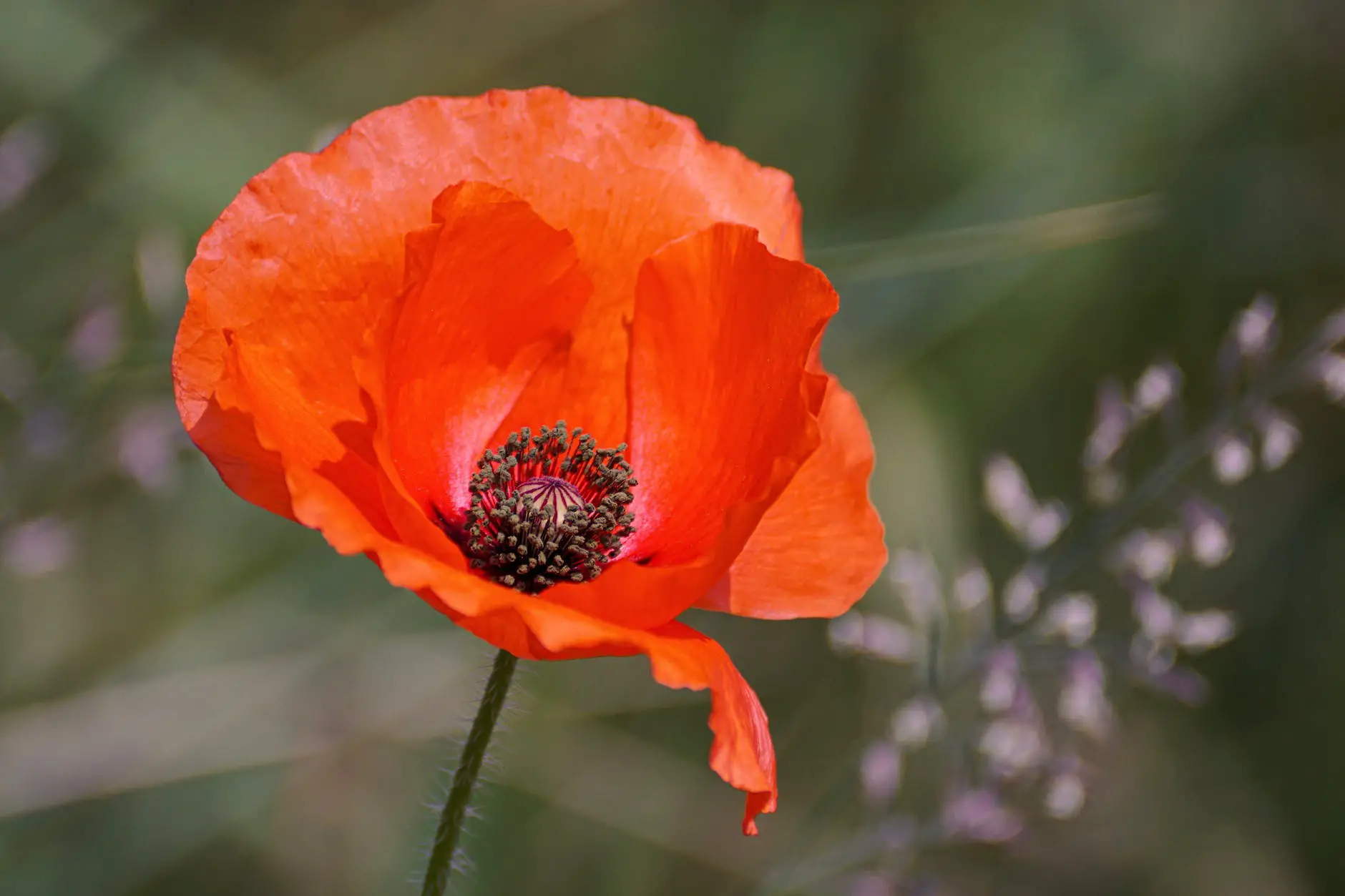
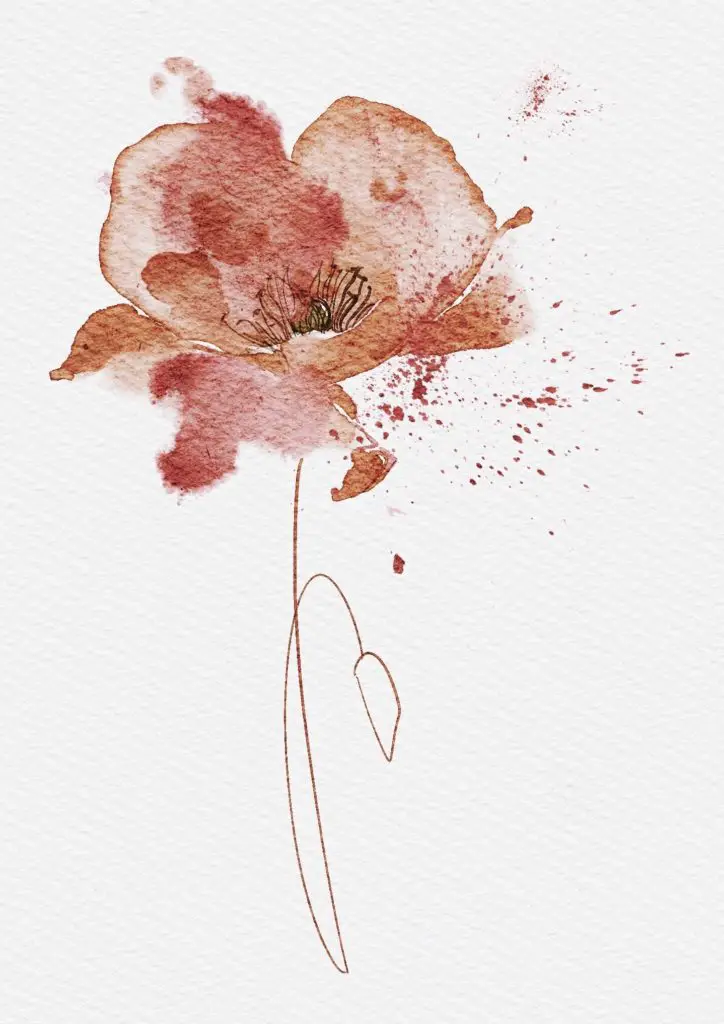
Rivers, Lakes & Oceans
Naturally, the water is another great outlet for providing inspiration when painting with watercolours. The clear, flowing texture of the paint on the paper perfectly encapsulates the natural state of rivers, lakes and the ocean. There is a lot of depth of colour within water, which can highlight different shades of blue, green and grey depending on the time of day or weather, providing you with many opportunities to feel inspired.
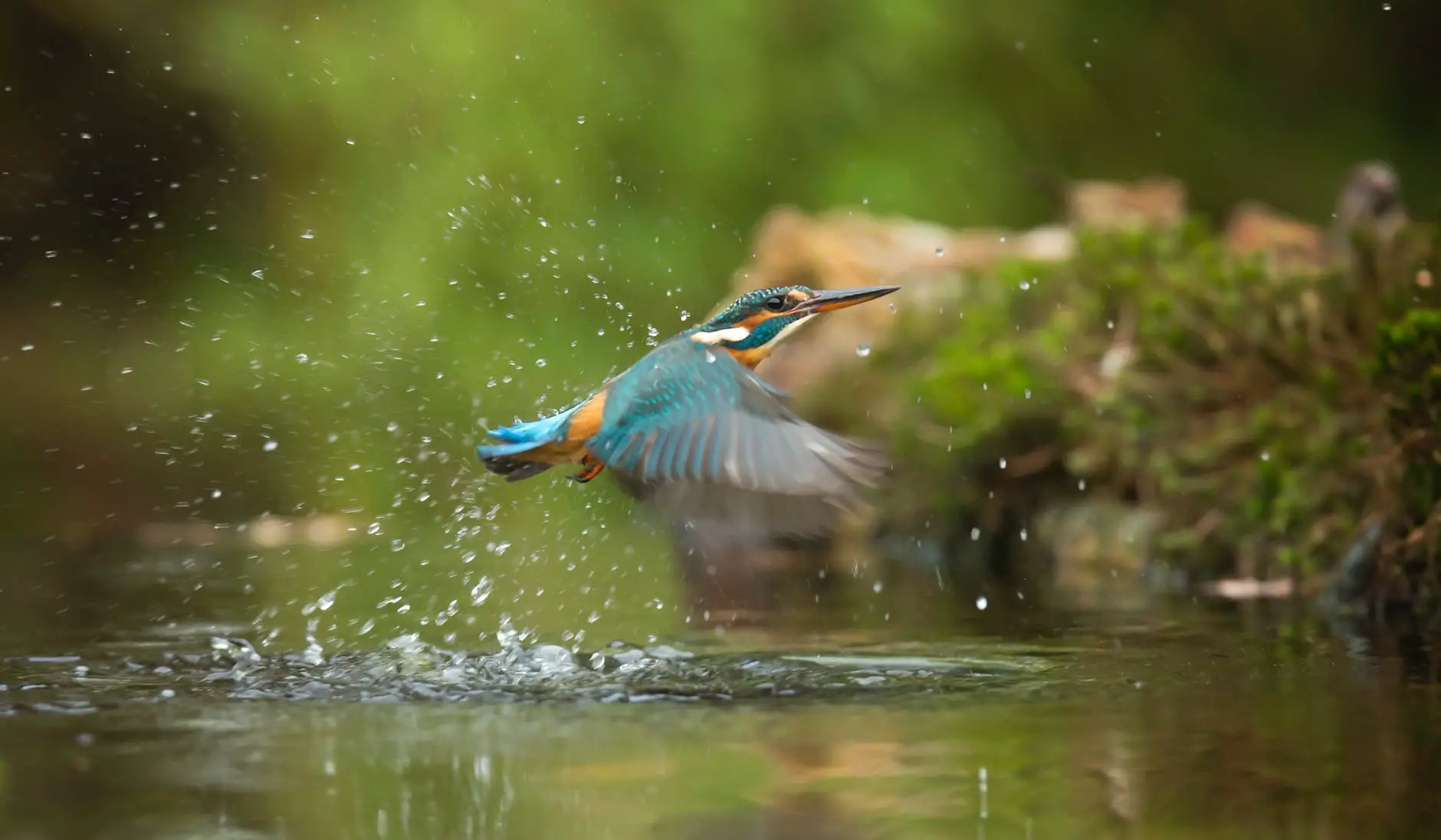
There is a lot to practice and learn when painting bodies of water, as it is a difficult texture to master, but watercolour is one of the best paints to use for this task.
Mountains & Hills
Landscapes such as mountains, rolling hills, and even unique wetlands are another location to look for inspiration. The vastness of this natural landscape will allow you to look outside of yourself and feel at one with the freeing feelings associated with nature.
Watercolours are good at building delicate textures by creating highlights and shadows, which is perfect forrecreating these rich landscapes.
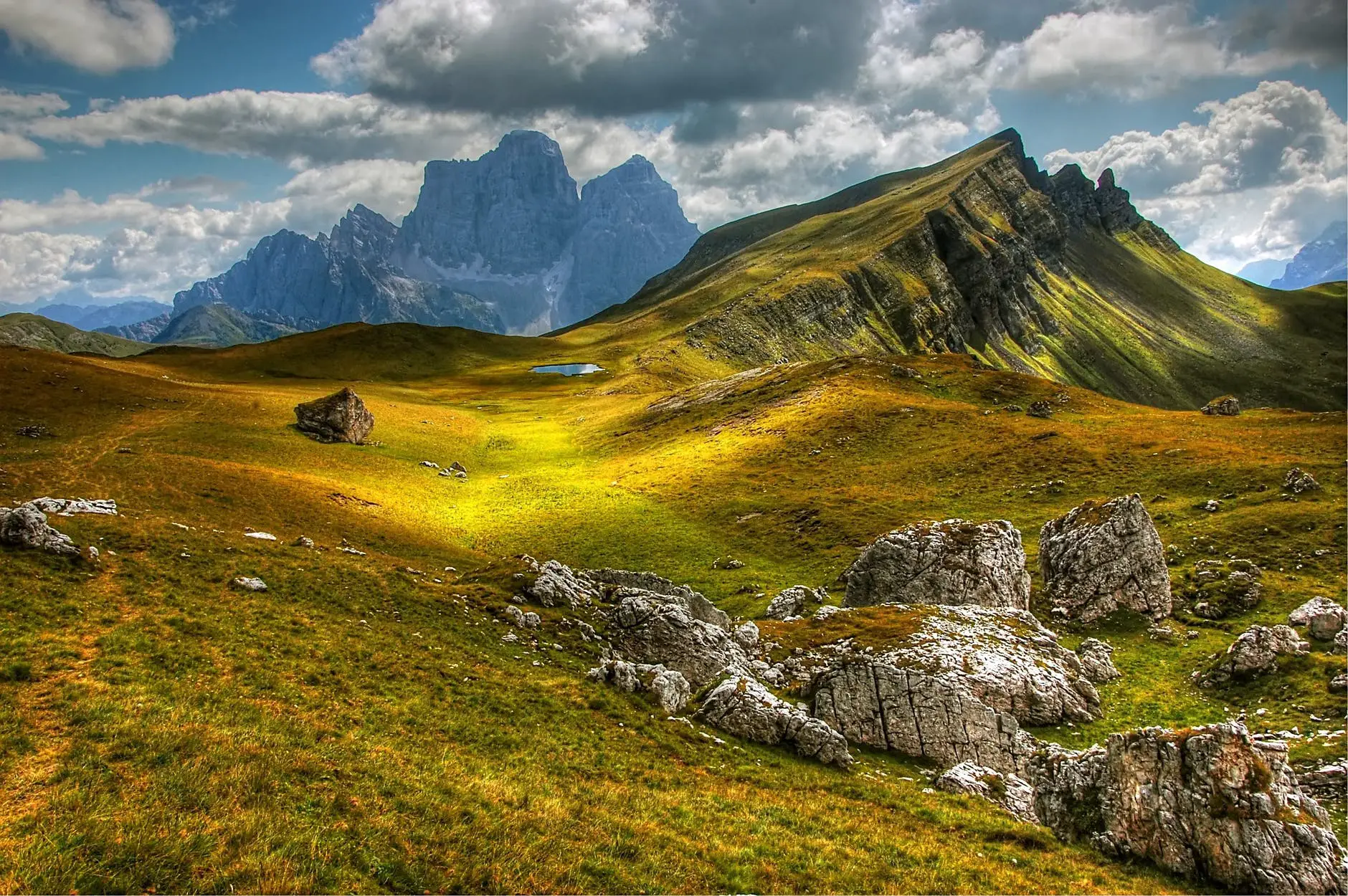
Painting Methods & Techniques
A way to feel more connected with your painting, is to work with your natural medium and use it within your art.
If you are by a body of water, an option is to soak the paper in the lake or ocean to allow the paint to run and give your art a natural edge.
There is another technique where you add salt into the paints to add texture, or even collect the water, add it to a spray bottle with the watercolour paint and spray this onto your canvas to create a splattering effect.
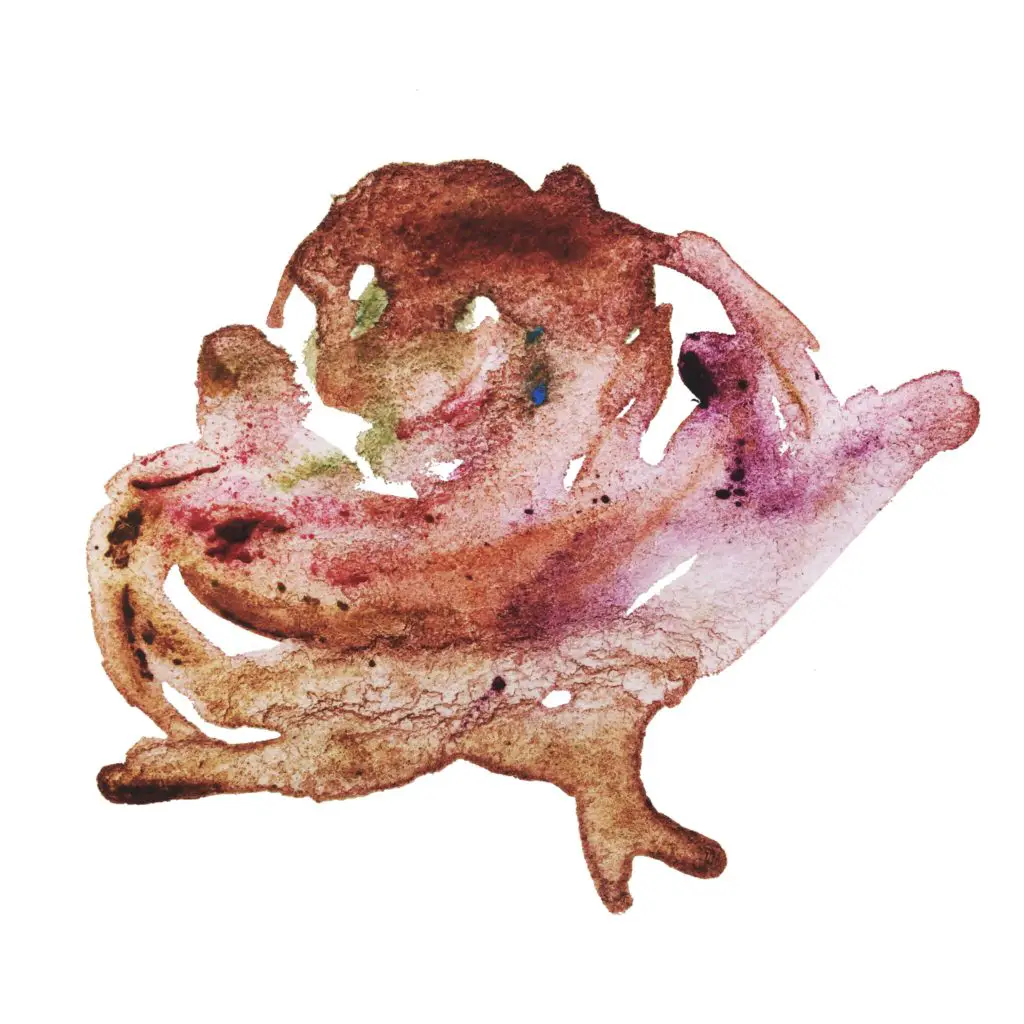
Similarly, you could press petals or leaves into your painting before it dries or use them as stamps to add a natural flair to your work, inspiring you to create new and exciting art pieces.
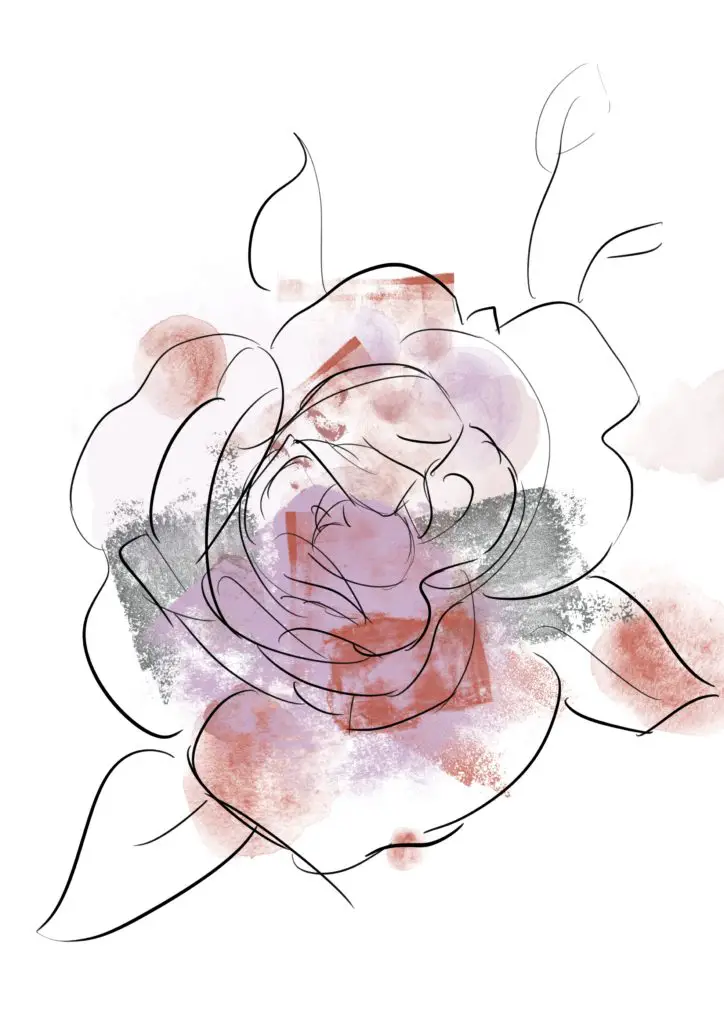
Final Words
Remember to try different locations for varied experiences, or alternatively, visit the same area at different times of the year. The forest might provide you with inspiration as the sun peeks through the trees during the spring, while bright, clear winter days at the beach might lead to a new breakthrough with your art.
Additionally, do not be afraid to take your painting to a more abstract level by using senses other than your eyes.
Most importantly, remember to respect the natural world you are in by leaving no trace, and keeping these beautiful areas pristine and protected.
